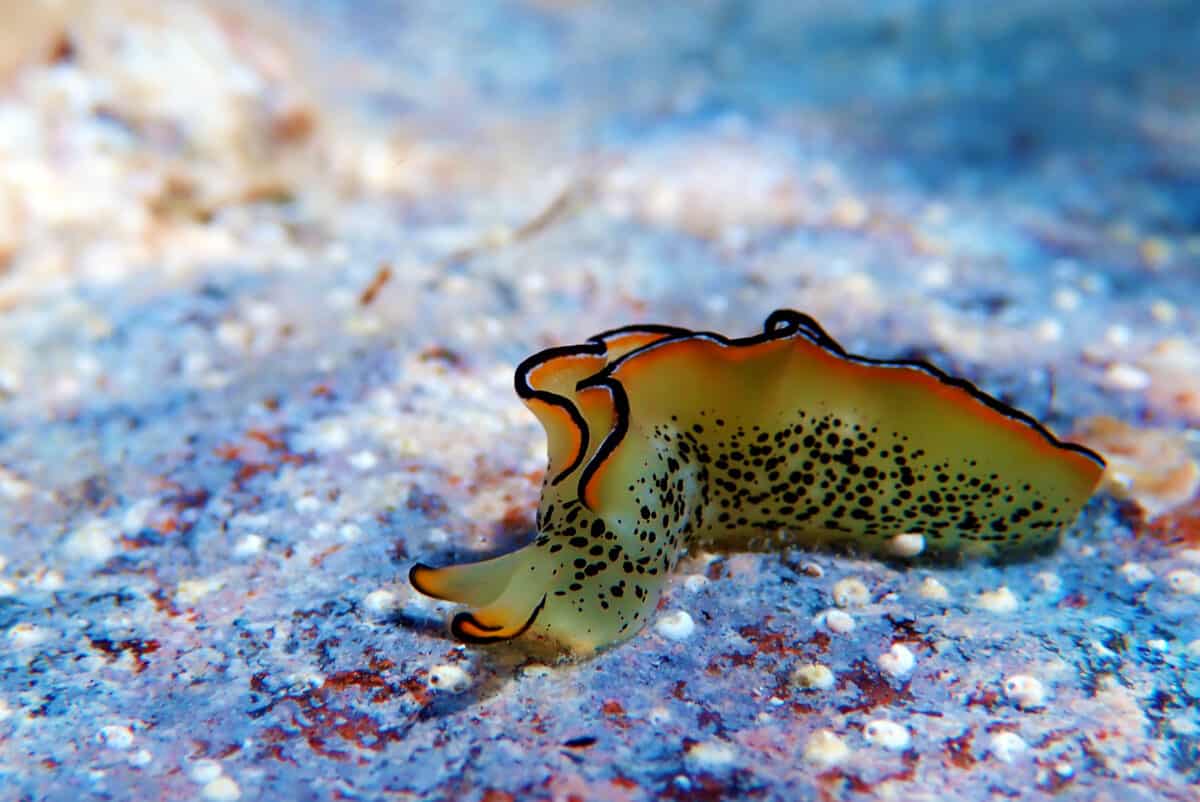The Japanese sea slug is a tiny marine organism that has baffled scientists because of its incredible ability to regenerate its body when decapitated.
The Japanese Sea Slug
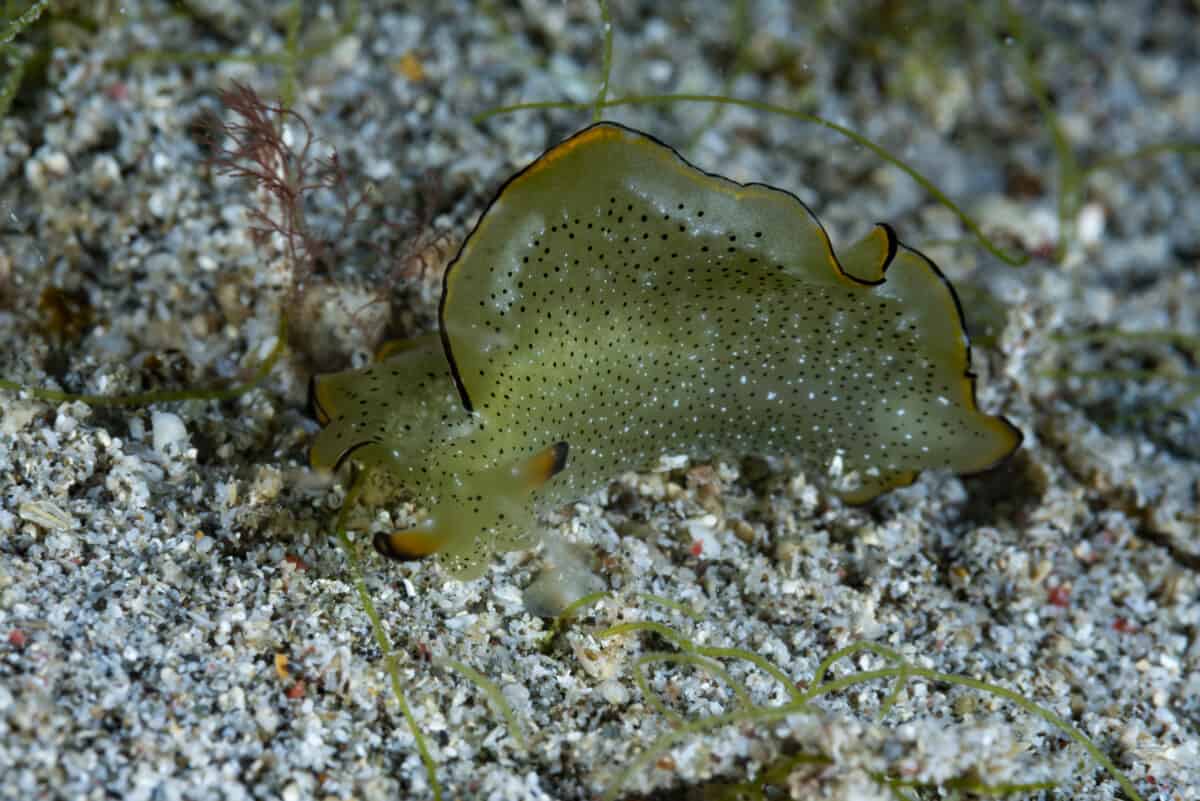
Before we dive into the intriguing topic of head loss and regeneration, let’s get to know our star, the Japanese sea slug. These marine creatures, scientifically known as Elysia, are part of the Sacoglossan family.
Resembling a leafy plant with vibrant green coloring, they are often found along the coastlines of Japan, hence their name. These delicate slugs are relatively small, typically measuring around 1 to 5 centimeters in length.
Self-imposed Decapitation
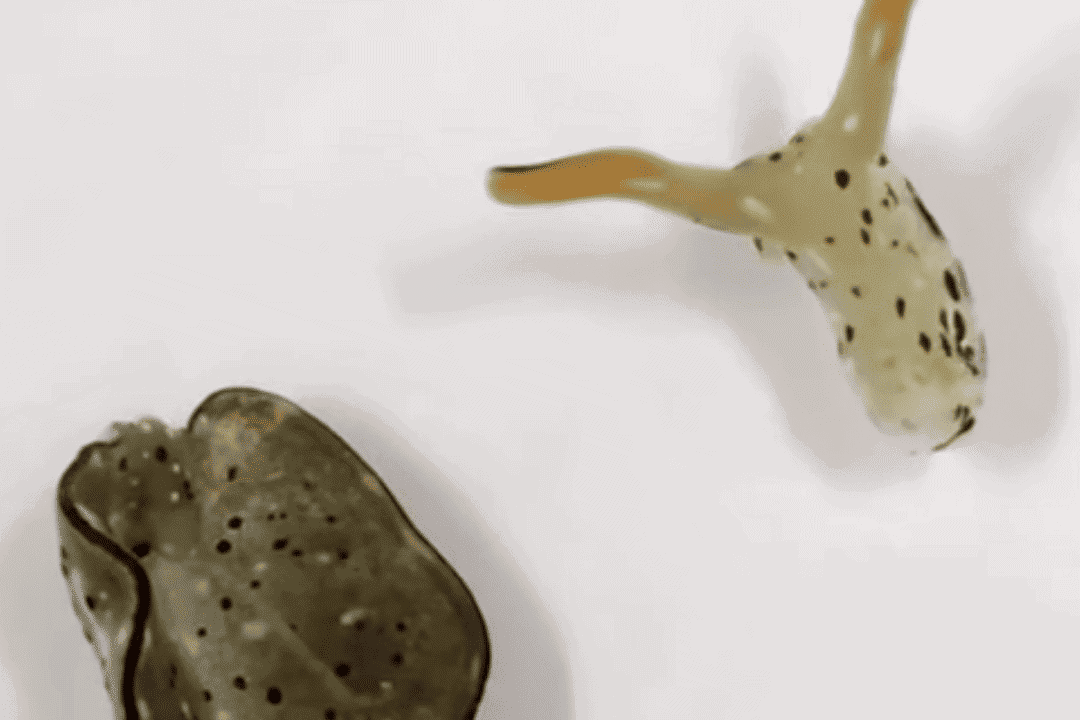
One of the most astounding aspects of the Japanese sea slug’s life is its ability to lose its own head. This bizarre behavior, called autotomy, is vital to their survival.
These slugs can voluntarily decapitate themselves when faced with a threat, such as a predator trying to consume them. Leaving the attacker with only a portion of their body while the slug head makes a speedy getaway. This extraordinary self-defense mechanism is a testament to the ingenuity of evolution.
How does The Sea Slug’s head grow back?
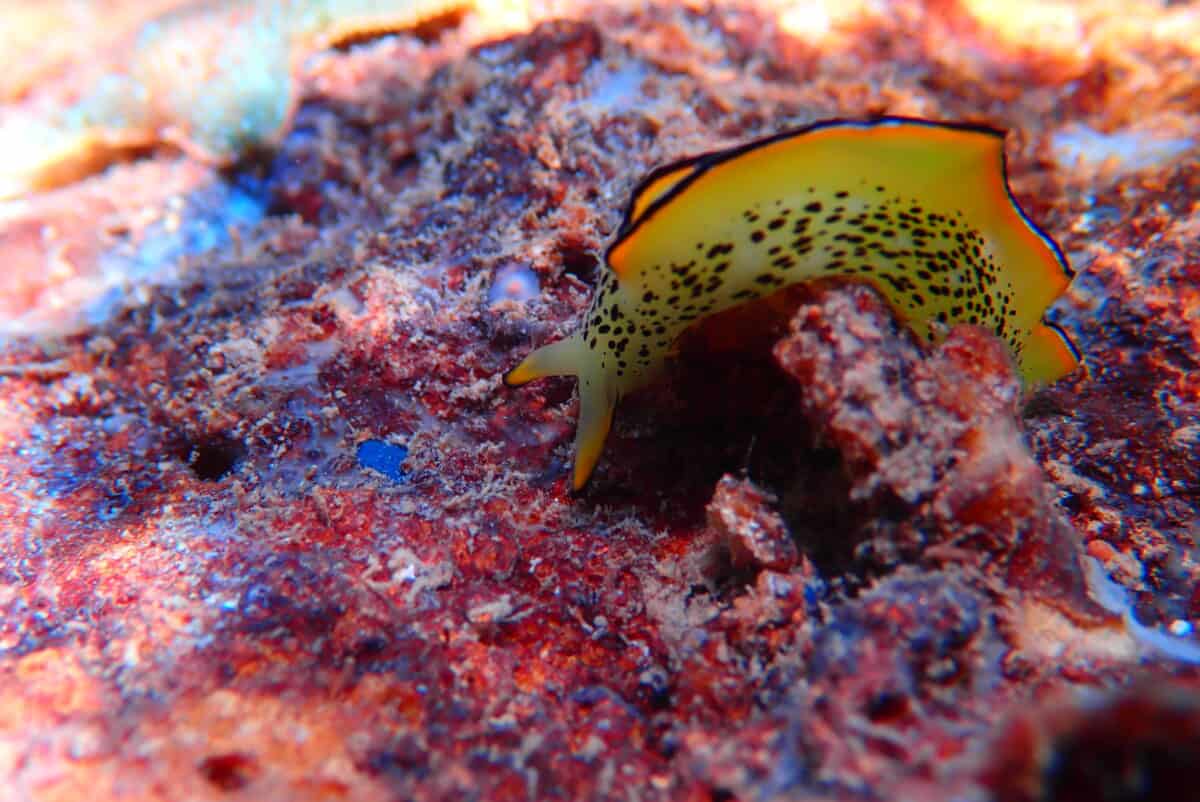
Now, the real magic begins. After willingly parting ways with their body, the Japanese sea slug embarks on a remarkable journey of regeneration.
It might seem impossible, but nature has endowed these creatures with the incredible ability to regrow what they’ve lost.
The process begins in the break zone, forming an incision from where the head separates from the body and is discarded. Over a period of a couple of weeks, the sea slug can regrow a new body and even a new heart!
Parasites in the sea slug’s body are a reason they self-decapitate, this allows the growth of a new body, free of nasty beasties.
From a Scientific Point of View
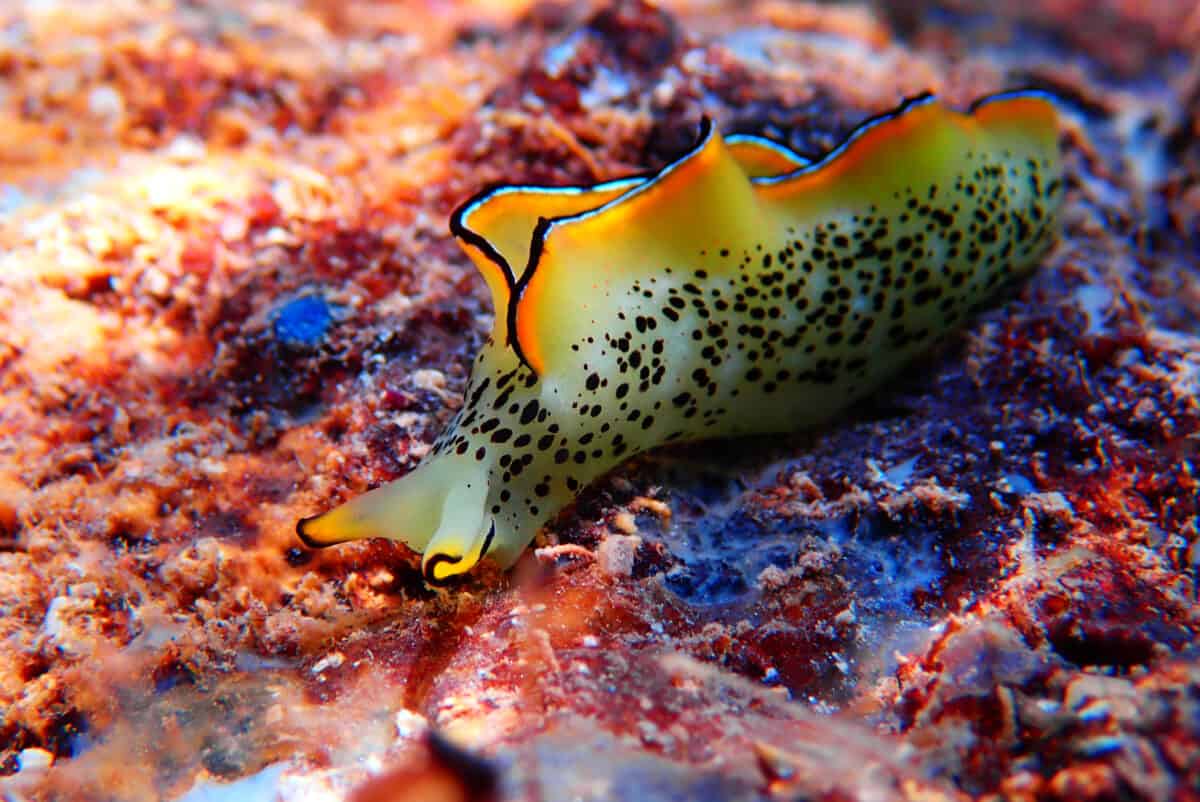
Scientists have been investigating the mechanisms that enable the Japanese sea slug to perform regeneration of such scale.
At the heart of this process lies the slug’s ability to store and utilize photosynthetic chloroplasts from the algae (seaweed) it consumes. These chloroplasts continue to function in the slug’s tissues even after the body is severed, allowing it to continue photosynthesis and produce energy. This stored energy is critical for the slug to fuel the regeneration of its lost body parts.
Furthermore, researchers have discovered that the slug’s ability to regrow its body is closely linked to the presence of genes responsible for regeneration. These genes, typically active in embryonic development and wound healing, play a crucial role in the slug’s regenerative process.
Understanding these genetic factors could have far-reaching implications for regenerative medicine and treating human injuries and diseases.
Implications and New Discoveries of this Phenomena
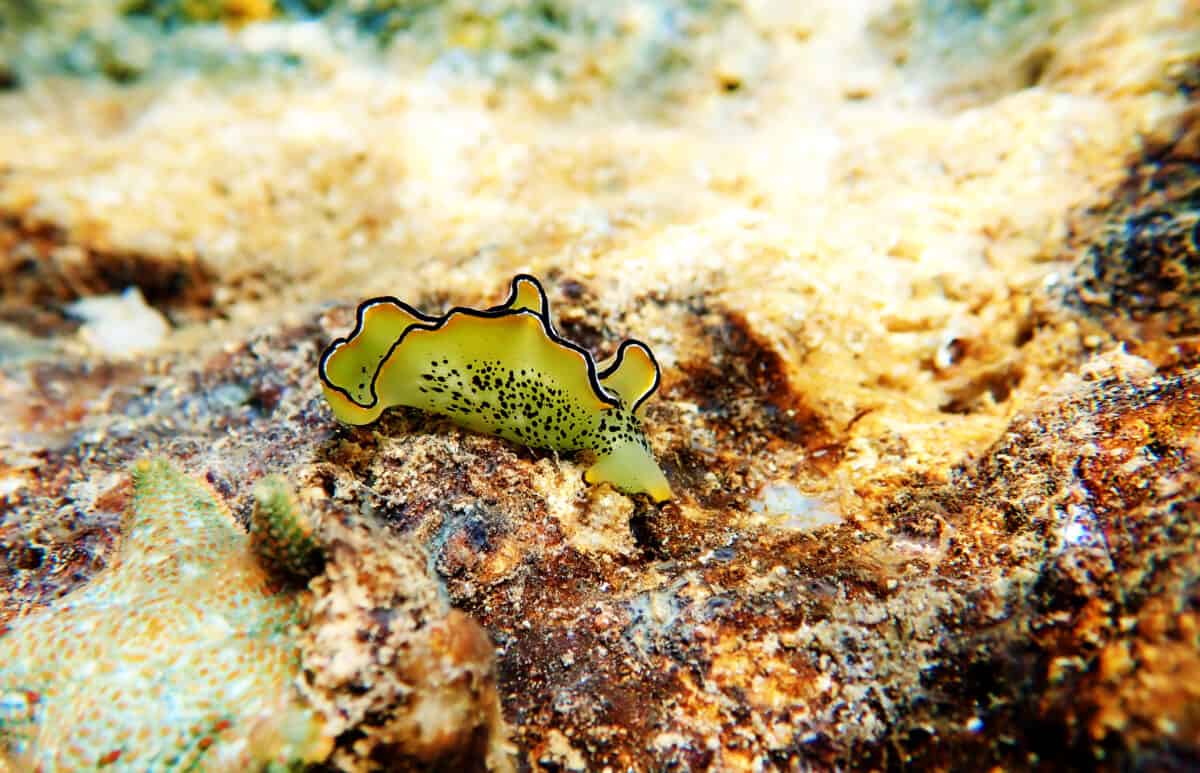
The Japanese sea slug’s extraordinary ability to lose its body and regenerate opens up a world of possibilities and mysteries for scientists.
On one hand, it provides insight into the evolution of defense mechanisms in marine organisms. On the other hand, it offers potential avenues for future research in regenerative medicine. Imagine a future where humans could harness the power of regeneration to heal injuries and replace damaged body parts.
However, there are still many questions surrounding this phenomenon. Researchers are keen to explore the mechanisms that trigger the slug’s self-amputation and how it coordinates the regeneration process.
Additionally, the longevity of this ability remains a mystery. How many times can a Japanese sea slug lose and regrow its head throughout its lifespan? These unanswered questions remind us that nature is full of surprises and continues to captivate our curiosity.
Conclusion

The Japanese sea slug’s story powerfully reminds us that the most astonishing feats of life can often be found in the smallest and most unassuming creatures. I hope you enjoyed reading about the self-decapitating sea slug. To read more about exciting creatures, check out the stories below:
Join our Forum for free today!

- Brown Bear Approaches And Wiggles His Foot - July 22, 2024
- Mountain Biker Has An Extremely Close-up Encounter With a Wild Giraffe - July 22, 2024
- Eagle Flies Into a Moving Car - July 21, 2024

